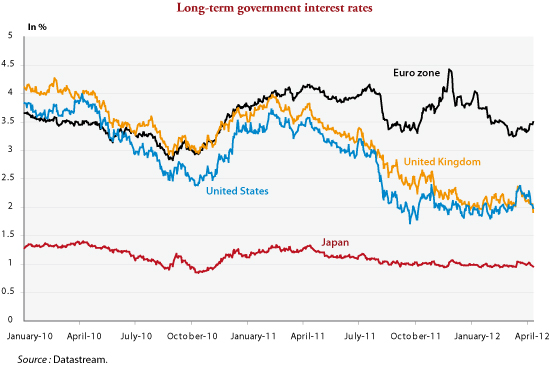Europe’s fiscal rules – up for debate
By Pierre Aldama and Jérôme Creel
At the euro zone summit in December 2018, the heads of state and government hit the brakes hard on the reform of fiscal governance: among the objectives assigned to the euro zone’s common budget that they are wishing for, the function of economic stabilization has disappeared. This is unfortunate, since this function is the weak point of the fiscal rules being pursued by the Member States.
In a recent article, we assessed how governments use the fiscal tools at their disposal to respond to information about trends in the public debt or the economic cycle that is at their disposal when they make their budgetary decisions. Thus, instead of evaluating the properties of fiscal rules using data that may well be revised retrospectively, we evaluated them “in real time”.[1]
Three main results emerged from our study. On the one hand, European governments ensure that their public debts are sustainable by improving their fiscal balance when the public debt increases. On the other hand, we found a trend towards fiscal consolidation at the bottom of the cycle in the euro area: fiscal policy is then rather destabilizing. Finally, euro area Member states have adopted a behaviour that was not found in the non-European countries in our sample: the euro zone Member states, unlike the others, continued to stabilize their public debts at the bottom of the cycle and during the crisis years. Thus the fiscal policy in the euro zone countries appears rather clearly to be untimely and inappropriate.
The results obtained as a whole for the euro area argue for a reform of Europe’s fiscal rules, but not necessarily in the sense most commonly accepted. The issue of stabilizing the public debt does not seem to be essential in so far as this is already being taken care of by the fiscal policies being implemented. Rather, what is needed is to rebalance these fiscal policies in favour of macroeconomic stabilization, especially if no common mechanism – such as a euro zone budget – has been set up for this purpose. European fiscal policies need to be more flexible and less prescriptive, with a focus on the dynamics of macroeconomic stabilization. Since no progress is envisaged at the European level, national automatic stabilizers need to be reinforced, increasing tax progressivity and the responsiveness of social spending to changes in economic activity in order to deal with the next cyclical downturn, both individually and collectively.
[1] One of if not the first article that focuses on evaluating fiscal policy using “real-time” data is by Golinelli and Momigliano (Journal of Policy Modeling, 2006). This literature is summarized in Cimadomo (Journal of Economic Surveys, 2016).
